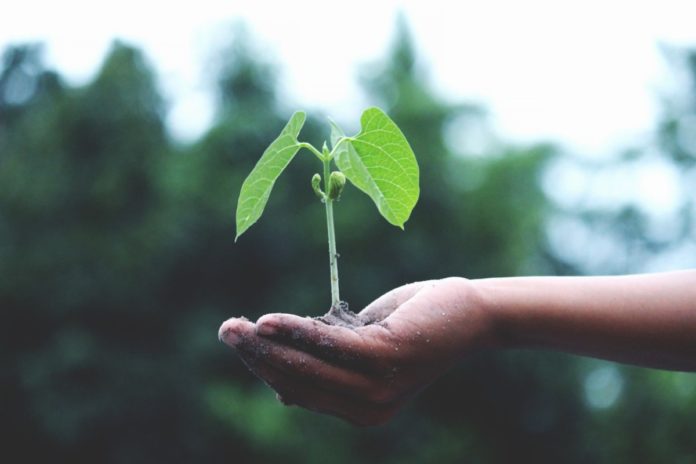The European Commissioner Frans Timmermans (otherwise known as the climate tsar) has finished the Green Deal, a proposal for dealing with the climate crisis within Europe.
Time is of the essence
Timmermans’s deal pushes for action, fast, because dealing with climate change is obviously not something we can procrastinate much longer. The Green Deal is basically a programme of what should happen when, as Europe takes measures to avoid the worst of the climate crisis. For example, by 2030, carbon emissions should be halved at the very least. And by 2050, we should be carbon neutral. The Green Deal is different from other, previous measures to deal with climate change because it would be mandatory for European countries to follow through on it.
European leaders still have to approve
It’s (unfortunately) not as simple as Timmermans writing this report and then it being adopted. The plans still need to be approved by European leaders, many of whom do not support the speed Timmermans is pushing for. Leaders will meet in Brussels on Thursday to discuss the details of the plan. Furthermore, the European parliament and national parliaments also need to discuss the deal.
Today is #EUGreenDeal Day!
This afternoon we will unveil our plans to transform the EU economy to protect our people and planet. pic.twitter.com/0NQIuKf6vx
— Frans Timmermans (@TimmermansEU) December 11, 2019
What is in the Green Deal?
Obviously, the specific proposals within the Green Deal are really important. Timmermans’s deal aims to deal with the climate crisis while protecting Europe’s economy and its inhabitants. Some obvious measures include clean energy, and especially cutting out coal burning entirely. More investments in rail and water transportation will also be made, and the EU will regulate carbon offset programmes, so that consumers can offset carbon emissions in good conscience. Timmermans wants to protect energy intensive industries like steel, chemical and cement production, because of their importance for the economy, but insists that their CO2 production decrease dramatically.
Carbon allowances will pay for the Green Deal
The Green Deal is expensive: it will require 260 billion euros, or a quarter of the European Union’s total budget. However, in due course, the Green Deal should pay for itself, Timmermans says. This will mainly take place through the revenue from carbon advances. From 2021, cars, trucks and planes will need to pay for a carbon allowance if they are still producing CO2. These allowances will also be limited. 20 percent of the money from these allowances will go back to the Green Deal, hence it paying for itself.
What do you think of Timmermans’s proposals? Let us know in the comments below.
Feature image: Akil/Pexels

Do we have any choice?
Re the politicians who are not supportive, don’t they have any children or grandchildren?